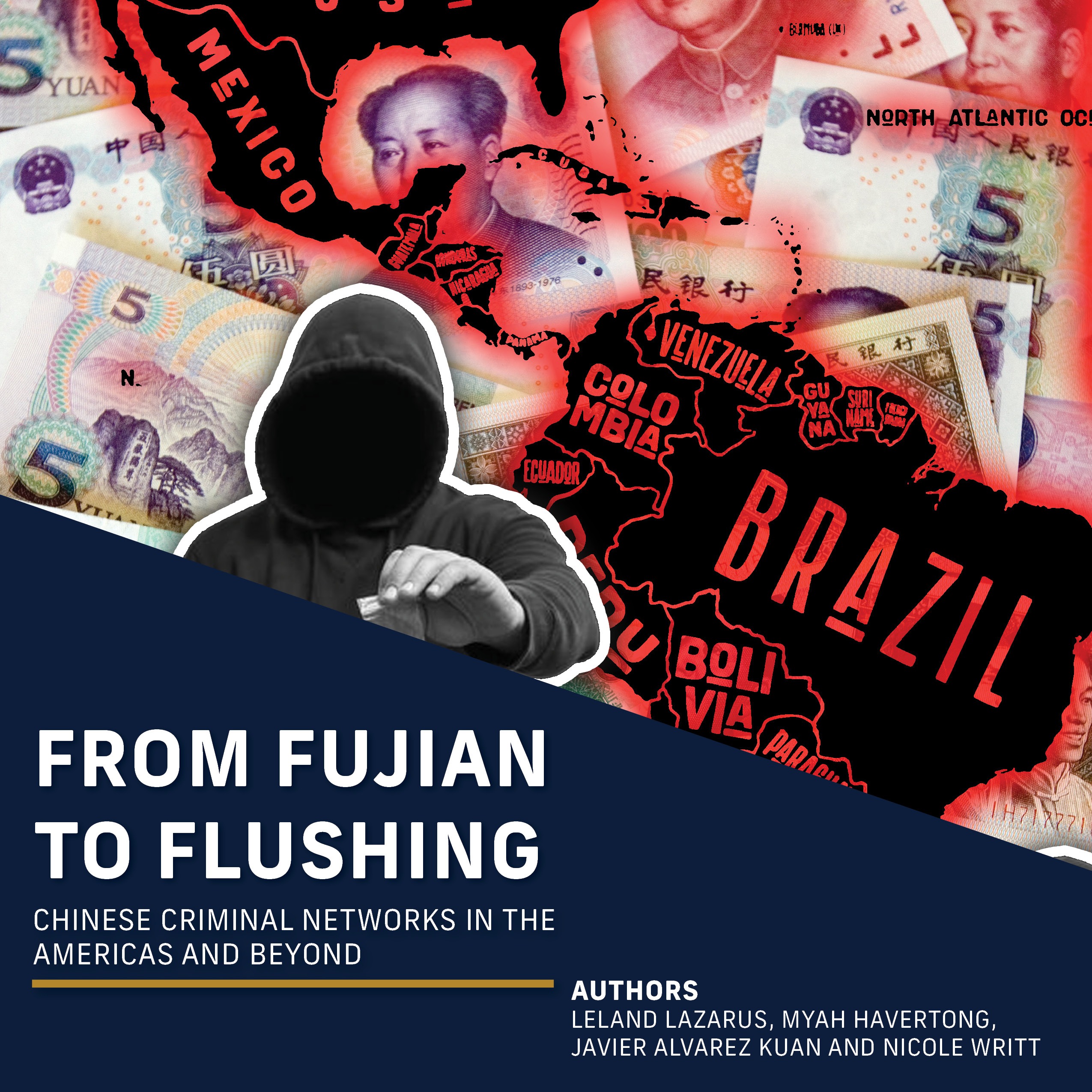Fentanyl and Other Synthetic Drugs (Central America)
Topics / Spotlights
Fentanyl is not a major concern in the region of Central America (CENTAM), as they are not involved in the production nor are they a major customer for it. Fentanyl is largely produced in Mexico and distributed to the United States. However, CENTAM has become a key region for drug smuggling, such as Guatemala and Honduras, as it holds key transport sites for cocaine and cannabis from South America.
In recent years, Central America has experienced a significant decline in aerial drug trafficking, particularly in Honduras and Guatemala, indicating a strategic shift by traffickers toward maritime routes. In the first four months of 2024, only two clandestine airstrips were discovered in Honduras, and just one in Guatemala, with no drug flights intercepted in the latter. This marks a sharp decrease from previous years. For instance, Honduras destroyed over 30 airstrips annually in the late 2010s, this number dropped to eight in 2023. Similarly, Guatemala’s destruction of drug runways fell from 22 in 2021 to 12 in 2023. While aerial interdictions have declined, authorities have reported substantial cocaine seizures via maritime routes—Honduran forces seized nearly 7 tons, and Guatemalan counterparts confiscated 6 tons in the same period—highlighting a pivot in trafficking methods. Experts suggest that enhanced aerial surveillance and military capabilities, bolstered by U.S. support, have made air routes less viable for traffickers. However, the shift to maritime trafficking presents new challenges, as these routes are harder to monitor and interdict, underscoring the evolving nature of drug trafficking in the region.


Recommended Reading
Interactive Dashboards and Datasets


